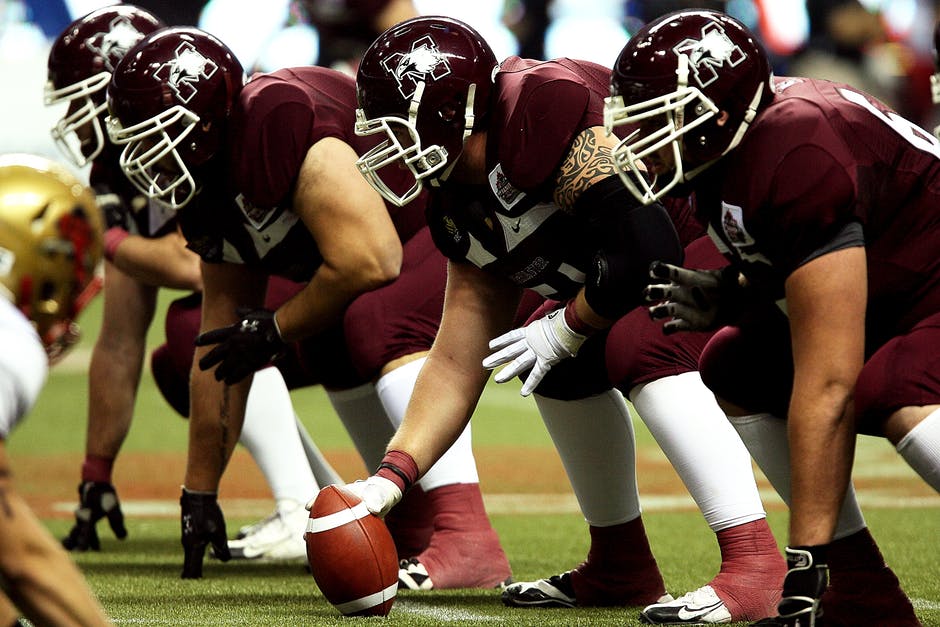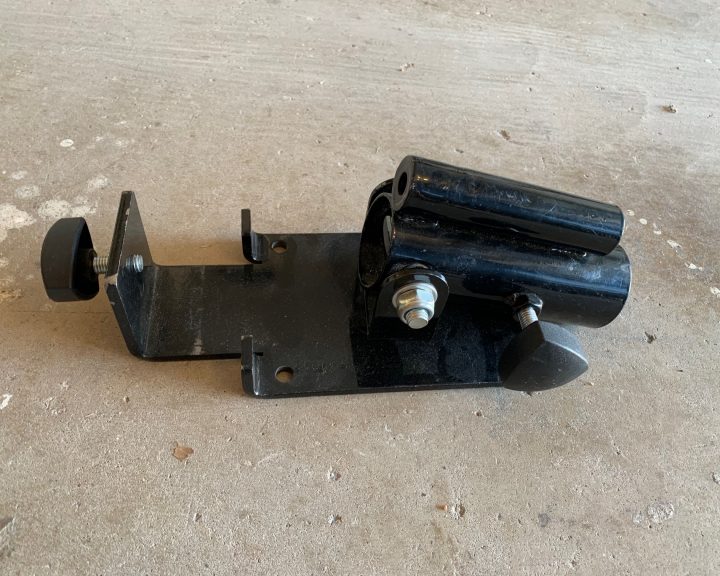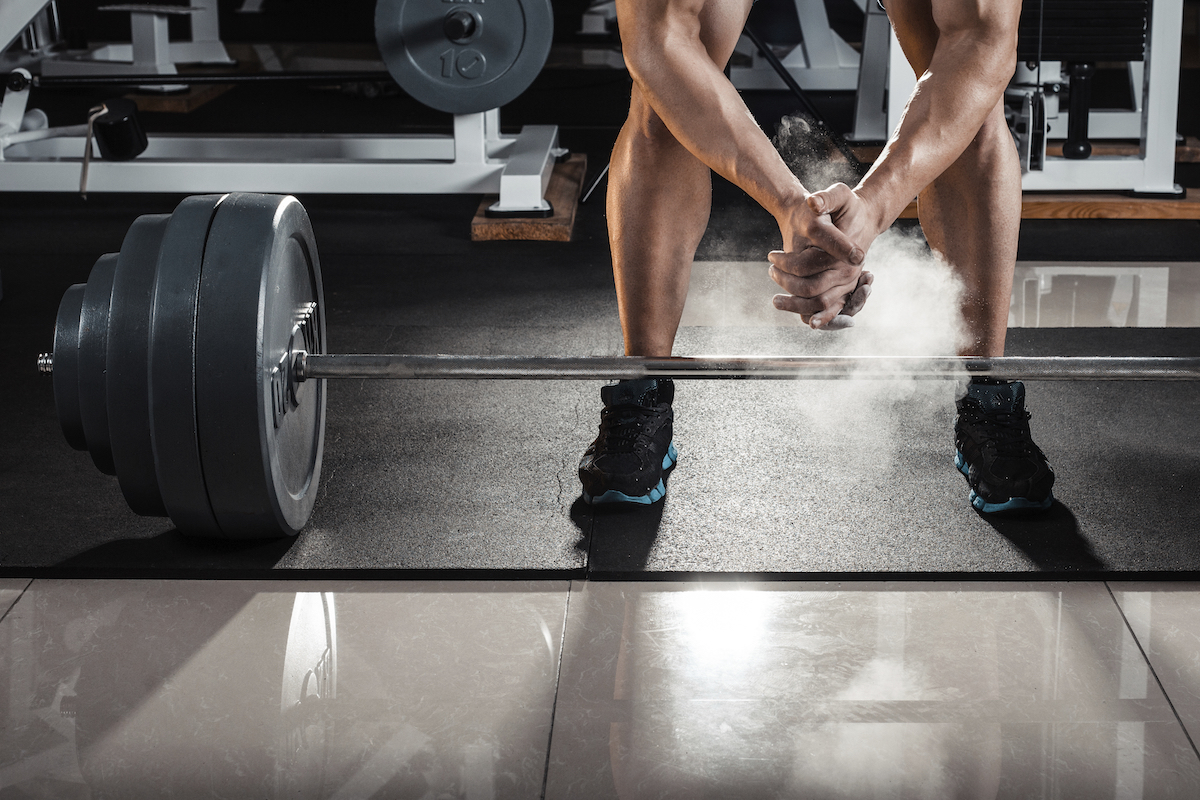In an earlier post (http://www.cissik.com/blog/2018/06/thoughts-on-organizing-training/ ) I had covered some thoughts on organizing training in the off-season. Things are a little different when athletes are in season. This post is going to include some thoughts on in-season training.
First, let’s cover what’s different and why it’s challenging to get in training during the in-season. After that, we’ll review what we want to get out of training. Finally, I’ll have some thoughts on putting it all together.
Regardless of the sport or the level of athlete that you work with, it’s challenging to get strength and conditioning in during the season. Several reasons for this:
- Sport practices: Athletes are practicing the sport more during the season. These practices may be organized a lot differently and are responding to things that happened in the previous game or things we are anticipating during the next game. Not only is this added stress on the athlete’s recovery system that wasn’t present in the off-season, it also means that organizing training and synching it with practice demands is not as straightforward as it was during the off-season.
- Travel: Athletes have to travel to their games, at least the ones that are not home games. That takes time and it may take away from training time. In high school we may only be talking about a bus hour for an hour or so, but by college and pro we’re talking about substantial travel. Not only does this take time, not only does it interfere with rest and recovery (nobody gets good sleep on a bus), but it also means that while away from home athletes don’t have access to the same equipment and facilities for training.
- Games: Games stress the athlete’s recovery system and that’s something that wasn’t present during the off-season. That has to be accounted for. The intensity of games also presents an area where athletes can get injured.
- Stress: Competition is stressful. By high school athletes have to be worried about their performance, how it impacts the team, and competition for roster spots. For example, the starting varsity linebacker is a half a step too slow and the opposing receiver scores the game winning touchdown. Not only did the linebacker help cost his team the victory, but he has a star junior varsity linebacker coming up behind him that he has to worry about.
So when we put together the in-season strength and conditioning program, there are a number of things already working against us. Before we design a program, we have to be really conscious of what we want to achieve with that program.
- Most sports need athletes who are strong and powerful. If we stop working on that just because we’re in-season, we’re going to lose those qualities which will impact sports performance.
- Athletes still need to be fast. Again, if we stop working on that just because it’s in-season then that’s a quality we’re going to lose – which will have a negative impact on performance. This, and agility, can be incorporated with sports practices.
- The in-season is not the time to develop lots of hypertrophy. With limited training time, we have to prioritize on what we need to improve sports performance and I’m going to argue that a focus on muscle size is not going to be the best use for our limited time and the athlete’s limited ability to recover.
- There are a lot of ways to maintain metabolic conditioning during the in-season, dedicated conditioning sessions aren’t going to be it with limited training time.
- The season is not the time to be teaching a lot of new exercises and skills, there’s too much else going on.
So there are some themes from the above. First, time is really limited. Second, there’s a lot of demands on the athlete that weren’t present in the off-season. Third, there’s a need to focus on strength and power.
My goal for in-season training is three sessions per week. But, that’s not always possible and I have to settle for two and sometimes one. While it’s not ideal, it’s much better than not doing anything.
Due to time demands, I like complex training during the in-season. Complex training involves combining a heavy strength exercises with an explosive exercise. It could be a lift and a plyometric, it could be a lift and a medicine ball throw, it could be a lift and an Olympic lift. Below are some examples:
- Back squat and counter-movement jump
- Kettlebell swing and standing long jump
- Clean-grip deadlift and power clean
- Bench press and medicine ball toss
The idea is that the heavy strength exercise recruits a lot of motor units to perform the exercise. Then the fast exercise takes advantage of that enhanced recruitment. Now, the research on this is mixed. The research is pretty clear that this doesn’t hurt your performance, so it allows you to get in a lot of work in a limited time – which is important for the in-season.



